TL;DR
- PoC (Proof of Concept): Validates if your idea is technically feasible before big investments.
- Prototype: A visual or functional mock-up to test design, usability, and user flow.
- MVP (Minimum Viable Product): A functional product with core features for real users to validate demand.
- Key Difference: PoC proves viability, Prototype tests usability, MVP tests market adoption.
- Startup Tip: Start lean—move from PoC → Prototype → MVP strategically to reduce risk and increase success rates.
Introduction
For startups, the road from a spark of an idea to a product that wins the market is never straight—it’s filled with risks, doubts, and high-stakes decisions. Every founder wrestles with the same burning questions: Will customers actually use this? Is the tech reliable? How much money should I pour in before launch?
This is where PoC (Proof of Concept), Prototypes, and MVPs (Minimum Viable Products) become game-changers. These three milestones aren’t just buzzwords, they’re the proven steps that help startups cut risks, validate assumptions, and save both time and capital. Ignore them, and you could end up building a product nobody wants.
In this guide, we’ll demystify each stage, explain when to use it, and show how MVP development services give startups a smarter, leaner way to scale. You’ll also see real-world examples of founders who went from raw idea to market success by strategically applying PoC, Prototype, and MVP in the right order.
PoC, Prototype, or MVP: Start Smart Today
Confused where to start? Let our experts guide you through the right MVP strategy to save time, reduce costs, and attract early users.

Why Every Startup Founder Needs to Know the Difference
Too many entrepreneurs blur the lines between PoC, Prototype, and MVP—and that mistake often drains money, time, and momentum. The reality? Each stage has a very different purpose, and knowing when to use which one can be the difference between a lean, validated startup and an expensive failure.
Here’s the simple breakdown every founder needs:
- PoC (Proof of Concept): Build this if you need to prove your idea can actually work. It’s about feasibility, not fancy features.
- Prototype: Create this when you want to wow investors, partners, or early users with a tangible preview of how your product will look and feel.
- MVP (Minimum Viable Product): Launch this when you’re ready to test the market, attract paying users, and gather real-world feedback.
The takeaway? Using the right step at the right time is what separates startup success stories from the 90% that never make it past launch.
What is a Proof of Concept (PoC)?
A Proof of Concept (PoC) is a small experiment designed to test whether your idea is technically feasible or not. It’s not about design or features—it’s about answering the question: Can this be built, and will it work?
- Goal: Validate technical feasibility.
- Process: Identify key assumptions → test them quickly → document results.
- Output: Confirmation that your idea can work at a technical level.
Benefits of PoC
- Saves time and money by eliminating unworkable ideas early.
- Builds confidence with stakeholders and investors.
- Reduces technical risks before heavy investment.
Risks of PoC
- Doesn’t validate user interest.
- Maybe it is too narrow, passing PoC doesn’t guarantee success.
Example
- Dropbox began with a PoC video demonstrating file synchronization. The PoC proved the technical possibility of seamless file-sharing across devices.
Read More: Top 5 Pre-requisites You Should Consider Before Building Your MVP
What is a Prototype?
A Prototype is a preliminary version of your product that focuses on design, user flow, and interaction rather than full functionality. Unlike PoC, it’s about showing how it will look and feel.
- Goal: Validate usability and design.
- Process: Create mockups or clickable models → gather user feedback → refine design.
- Output: Tangible visualization of the product.
Types of Prototypes
- Rapid: Quick sketches or wireframes.
- Evolutionary: Built step by step, eventually becoming the final product.
- Incremental: Different components developed separately.
- Extreme (XP): Focused on fast iterations in agile teams.
Benefits of Prototyping
- Engages users early in the design process.
- Identifies usability flaws before development.
- Attracts investors by providing a tangible concept.
Risks of Prototyping
- Can mislead stakeholders into expecting a finished product.
- May delay progress if teams spend too long refining.
Example
- Airbnb initially prototyped a simple website with photos of a loft in San Francisco. It wasn’t polished, but it proved that people were willing to rent spaces from strangers.
Read More: SaaS MVP Development: Step-by-Step Guide for Startups
What is a Minimum Viable Product (MVP)?
An MVP is a working product with just enough features to solve the core problem and attract early adopters. Unlike PoC and prototypes, it’s built for real-world use and feedback.
- Goal: Validate market demand and product–market fit.
- Process: Build a core feature set → launch quickly → gather data → iterate.
- Output: A usable product in the hands of early adopters.
Key Characteristics of an MVP
- Lean build: Developed with minimal resources.
- Value-driven: Focuses only on solving the primary problem.
- Feedback loop: Designed to collect user insights.
- Scalable base: Can evolve into a full product.
Benefits of MVP
- Reduces financial risk by avoiding feature bloat.
- Delivers faster time-to-market.
- Provides actionable feedback from real users.
- Attracts investors with traction data.
Risks of MVP
- If too “minimal,” users may reject it.
- Negative first impressions can hurt credibility.
Example
- Facebook launched as “Thefacebook” exclusively for Harvard students. It had only basic networking features but validated massive demand before scaling.
- Uber started with a simple MVP, an app to connect riders with black car drivers in San Francisco.
For guidance on planning and launching your MVP effectively, explore Why MVP Development Services Are Crucial for Startup Success.
PoC vs Prototype vs MVP: Key Differences
Many founders mix up PoC, Prototype, and MVP, but each serves a unique purpose in the startup journey. Knowing the difference can save you from burning months of time and thousands of dollars on the wrong build.
Here’s a side-by-side breakdown:
| Aspect | Proof of Concept (PoC) | Prototype | Minimum Viable Product (MVP) |
| Goal | Prove that the idea is technically feasible | Show how the product will look & feel | Test the market with a functional product |
| Audience | Internal team, investors, technical stakeholders | Investors, partners, early adopters | Real customers in the target market |
| Features | Bare minimum experiment, often just backend logic or tech demo | Visual mockups, clickable designs, basic workflows | Core, usable features that solve the main problem |
| Cost & Effort | Low (limited coding/resources, short experiments) | Medium (design + limited coding) | Higher (requires actual development, testing & deployment) |
| Timeline | Days to weeks | Weeks to 1–2 months | 1–6 months depending on scope |
| Stage in Journey | Very early (idea validation) | Pre-funding / fundraising stage | Go-to-market & customer validation stage |
The key takeaway: PoC proves it works, Prototype shows how it looks, MVP proves people will pay for it. For startups looking to outsource development, Choosing the Right MVP Development Company ensures a smooth and cost-effective process.
How to Choose the Right Approach for Your Startup: PoC, Prototype, or MVP?
One of the biggest questions startup founders face is: Should I build a PoC, Prototype, or MVP first? The answer depends on your stage, budget, and goals. Picking the right approach saves time, reduces costs, and increases your chances of success.
Stage-Wise Guide for Startups
- Early Ideation → Start with a PoC (Proof of Concept)
If you’re in the brainstorming stage, a PoC helps you test feasibility. It proves whether your idea is technically possible before you invest heavily in design or development. - Product Visualization → Build a Prototype
Once you know your concept is possible, move to a prototype. This is where you visualize your product’s design and user experience. Prototypes are great for pitching investors, testing usability, and refining UX—without building a fully functional app. - Market Validation → Launch an MVP (Minimum Viable Product)
Ready to take your startup to the market? An MVP helps validate demand by launching a working version with only core features. This allows you to collect real user feedback, measure traction, and prove market fit before scaling.
Key Decision Factors for Founders
When deciding between a PoC, Prototype, and MVP, consider:
- Technical Risk → High risk? Start with a PoC.
- Budget & Resources → Limited funds? A prototype is faster and cheaper.
- Market Readiness → Competitive market? Ship an MVP quickly.
- Investor Expectations → Early-stage investors may fund prototypes, but most want traction through an MVP.
Think of your product journey as a progression:
- PoC – Validate technical feasibility.
- Prototype – Visualize the idea for stakeholders.
- MVP – Test core features with real users.
- Full Product – Scale with a complete solution.
Follow the MVP in Agile methodology for iterative learning and faster product-market fit.
Estimate PoC, Prototype & MVP Costs Fast
Use our free cost calculator to plan your budget and make smart development decisions before building your product.

Common Mistakes Startups Must Avoid
- Skipping PoC: Without testing feasibility, you risk building something that may not even work. Always validate the core idea first.
- Overengineering Prototypes: A prototype should be quick and simple. Treat it as a visualization tool, not a final product.
- Feature-Heavy MVPs: MVPs should focus only on must-have features. Adding too much slows you down and confuses users.
- Ignoring User Feedback: Feedback is gold for startups. Skipping it means losing the chance to improve early.
- Not Defining Target Audience: Building for “everyone” dilutes focus. Narrow down your audience to attract real, loyal users.
- Underestimating Budget & Timeline: Startups often overspend by misjudging costs. A clear roadmap keeps development lean and sustainable.
For expert insights, see MVP Development Team Roles, Structure & Hiring.
Real-World Startup Case Studies
Top startups like Dropbox, Airbnb, Trello, Slack, and Instagram began with simple MVPs to test ideas, attract users, and scale into billion-dollar businesses.
- Dropbox – MVP with a Simple Video Demo
Instead of building the full product, Dropbox tested user interest with a short explainer video. The overwhelming sign-ups validated the idea before investing in development. - Trello – MVP with a Kanban-Style Board
Trello launched with just one core feature: a simple drag-and-drop board. This minimal approach quickly attracted teams who loved visual task management, helping it scale fast. - Airbnb – MVP with a Basic Website
The founders tested demand by listing their own apartment on a simple website. This low-cost MVP validated the market need for short-term stays and grew into today’s global giant. - Slack – MVP as an Internal Chat Tool
Slack was first used within its own team to improve communication. Once validated internally, it was released to others, proving the product’s value and ensuring rapid adoption. - Instagram – Pivot to Photo-Sharing MVP
Instagram started as a check-in app called Burbn. When users showed more interest in the photo-sharing feature, the founders pivoted and built a photo-first MVP that exploded in popularity.
Want to know how to pick the best development partner? Check Choose Best MVP Development Company for Startups.
Conclusion
Understanding the difference between PoC, Prototype, and MVP is essential for startups to build successful products efficiently. A PoC tests technical feasibility, a Prototype validates design and usability, and an MVP confirms market demand. Following this sequence saves time, reduces costs, and minimizes the risk of failure.
Partnering with a skilled MVP development company helps streamline the process. They assist in building a functional MVP, gathering real user feedback, and refining the product for market readiness, ensuring your startup launches with confidence and higher chances of success.
Frequently Asked Questions (FAQs)
1. What is a Proof of Concept (PoC)?
A PoC tests if your idea is technically feasible. It confirms the concept works before investing heavily in design or development.
2. What is a Prototype?
A Prototype is an early version of your product showing design and basic functionality to gather feedback and validate usability.
3. What is a Minimum Viable Product (MVP)?
An MVP is a functional product with core features that solves user problems and validates market demand efficiently.
4. Is a PoC necessary before building a Prototype?
Not always. PoC helps when technical risks exist; otherwise, startups can move directly to a Prototype to visualize the concept.
5. Can I skip Prototype and build an MVP directly?
Yes, if your goal is market validation. But skipping a Prototype may make early buy-in from investors or stakeholders harder.
6. How long does it take to build a PoC, Prototype, and MVP?
A PoC takes 2–4 weeks, a Prototype 3–6 weeks, and an MVP 2–6 months for a functional, market-ready launch.
7. Which is the cheapest — PoC, Prototype, or MVP?
PoC is the least expensive, Prototype costs more for design, and MVP is highest as it includes real functionality and features.
8. Do investors prefer MVP over PoC/Prototype?
Yes. Investors favor MVPs as they show real user adoption, market demand, and scalability potential.
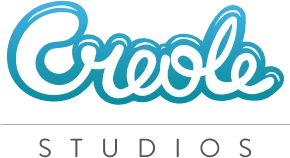

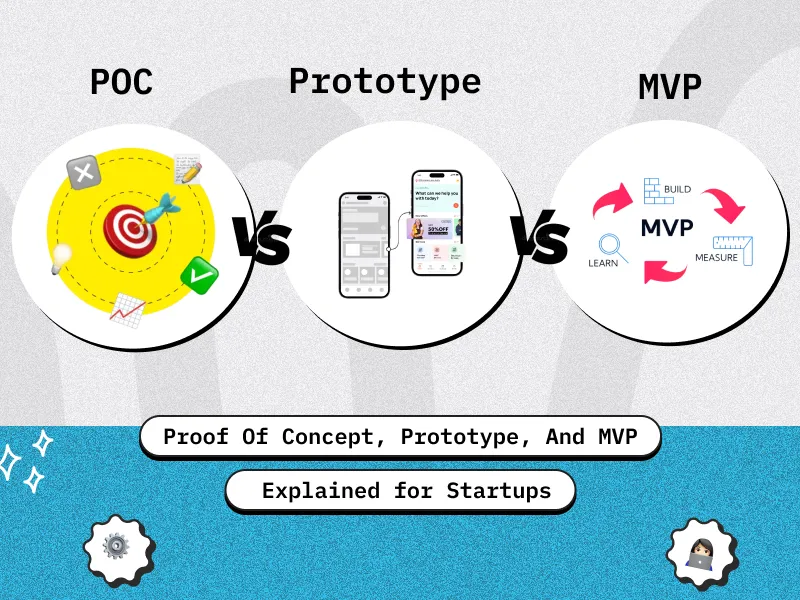



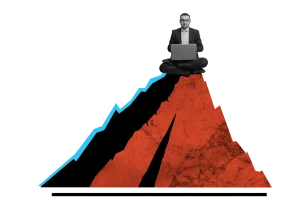
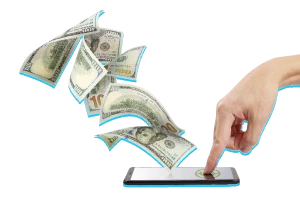



 30 mins free Consulting
30 mins free Consulting 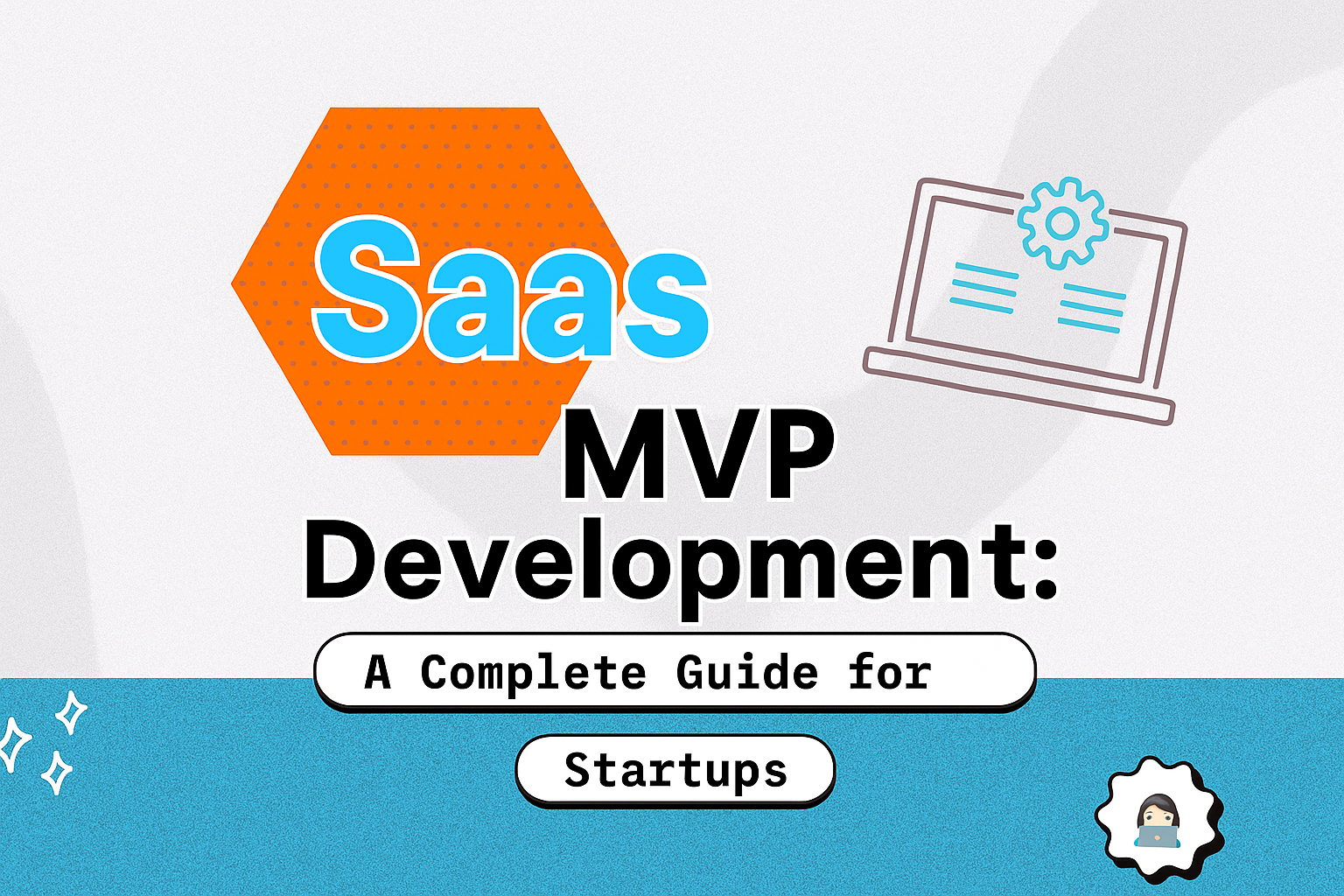
 10 min read
10 min read 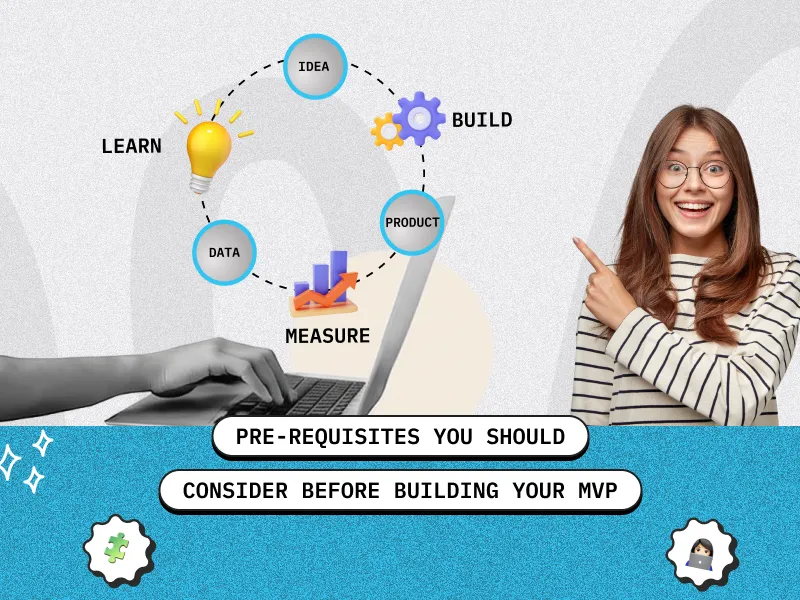
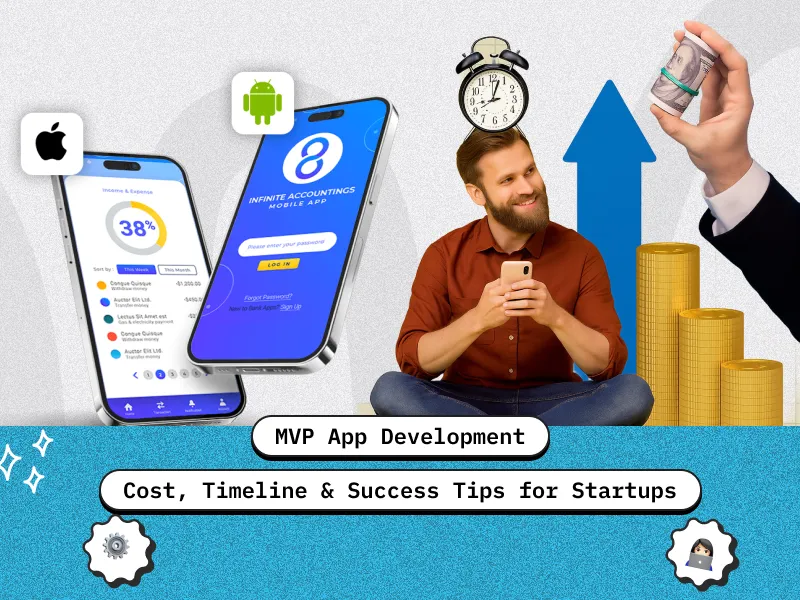
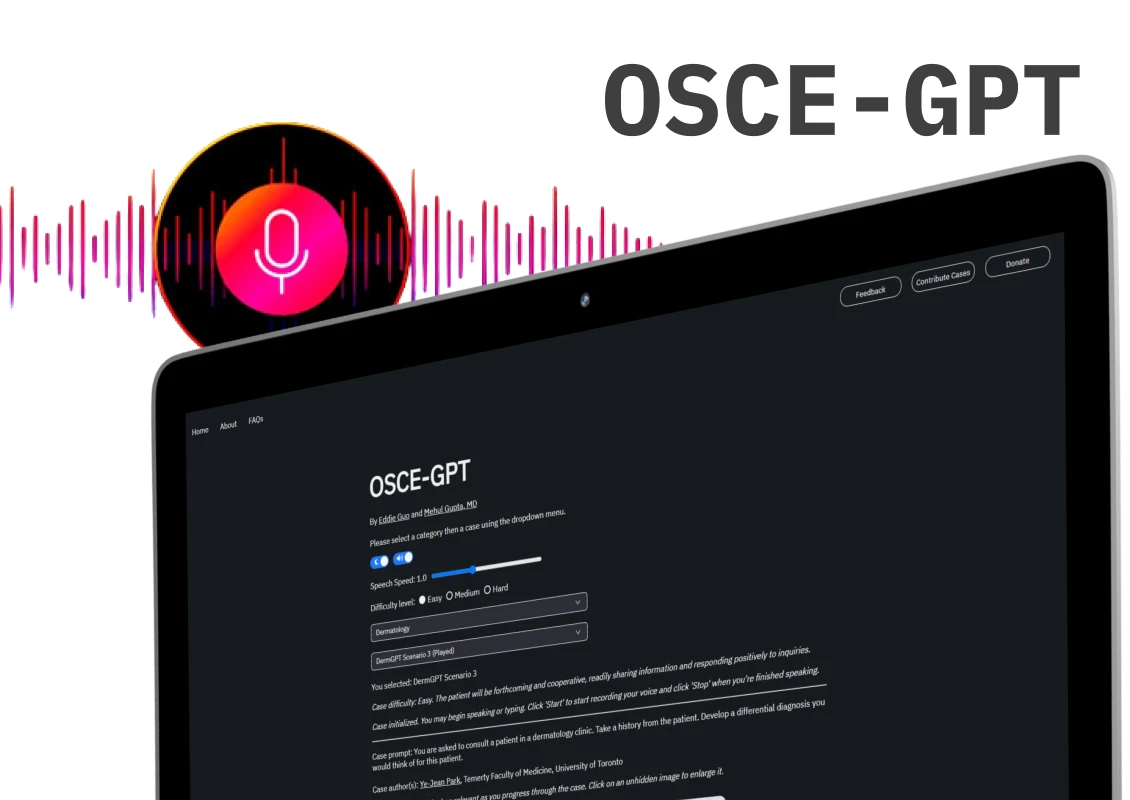
 Canada
Canada 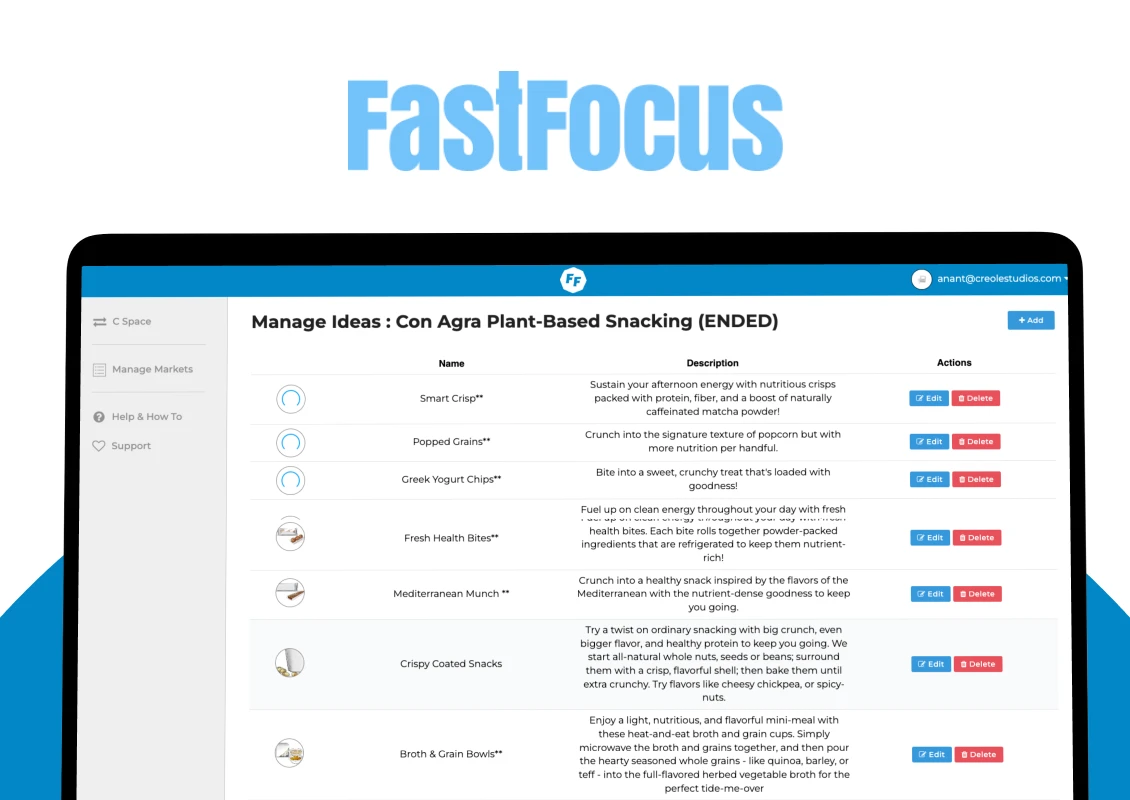
 USA
USA 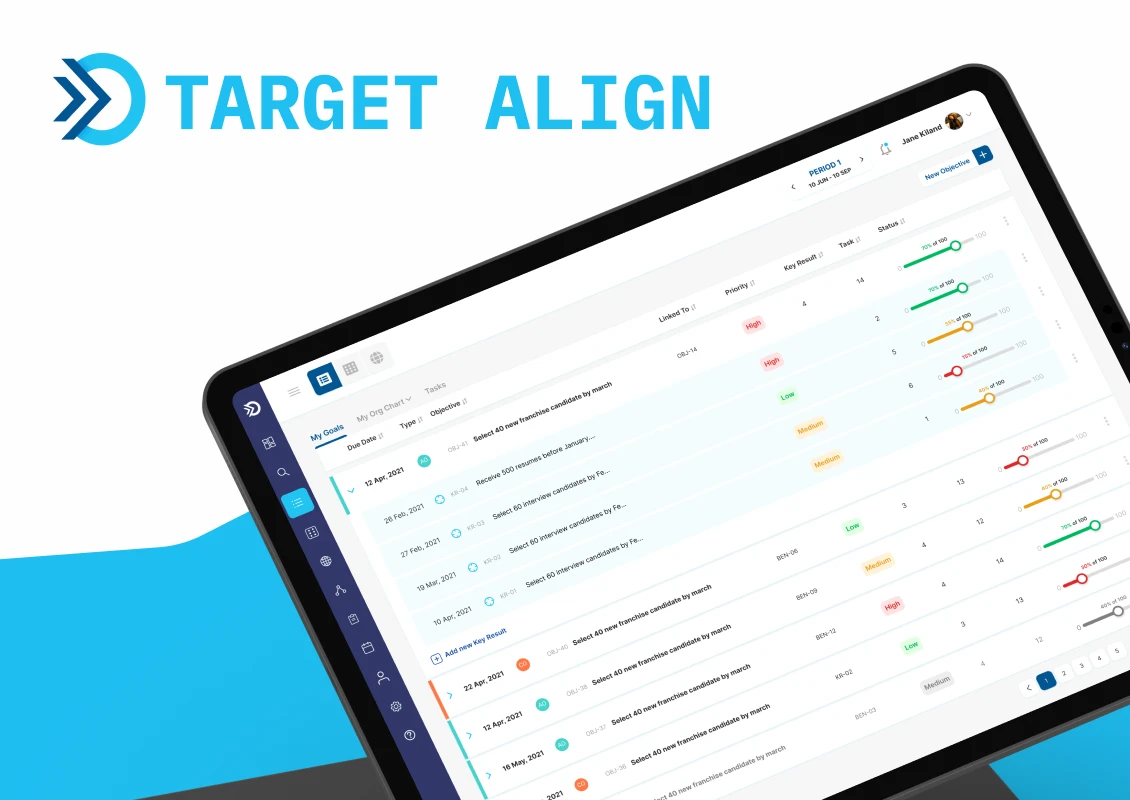






 Love we get from the world
Love we get from the world 